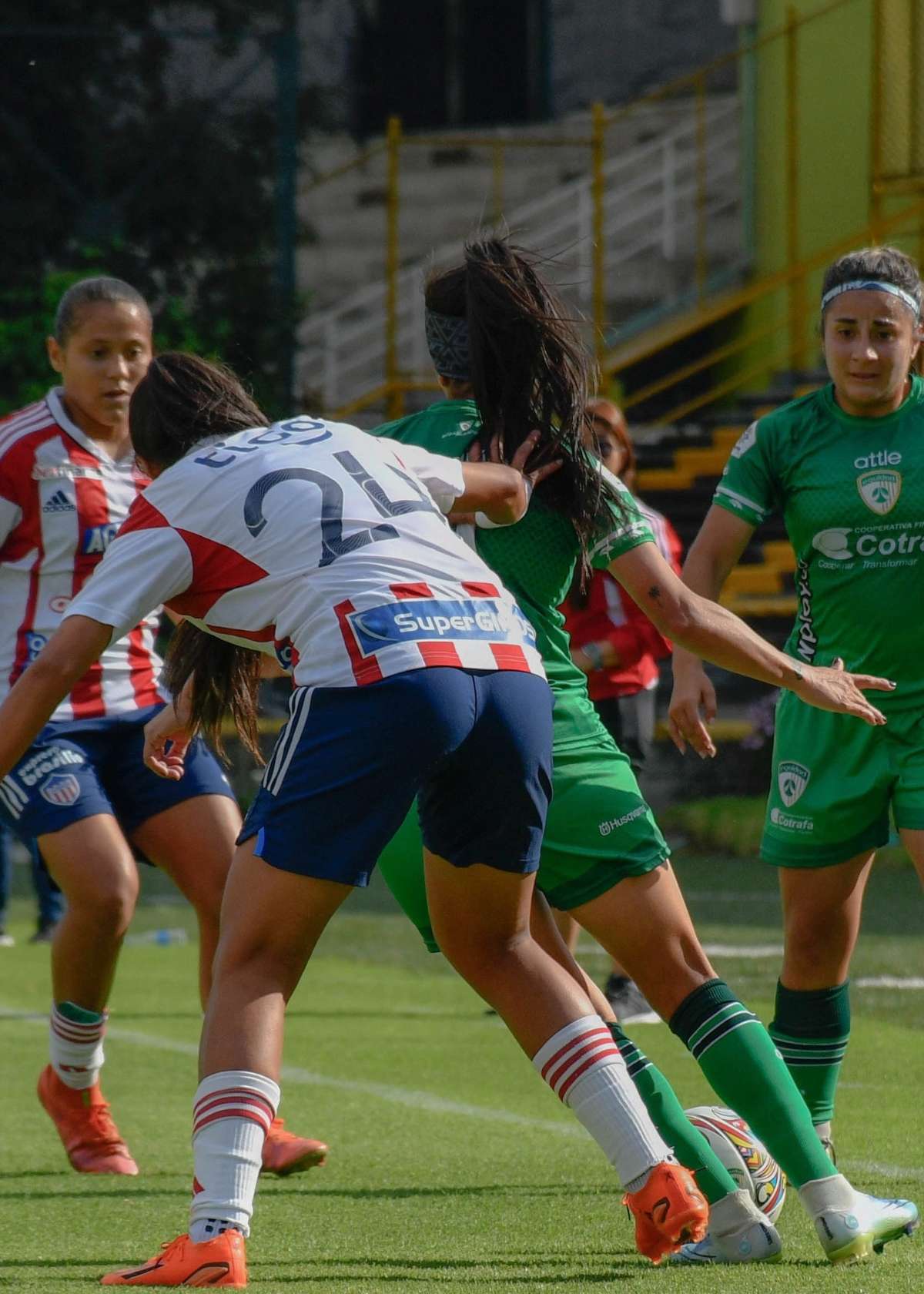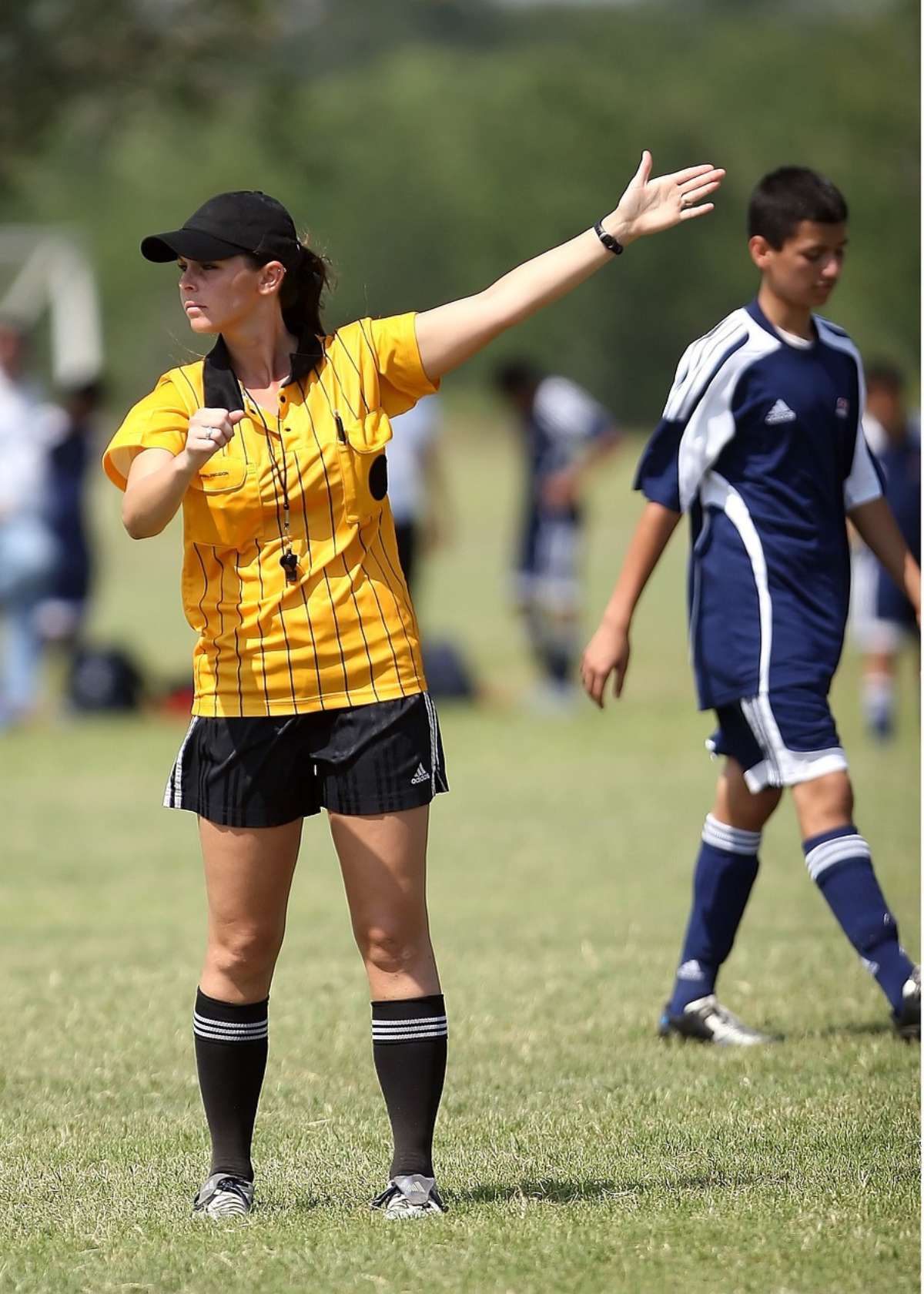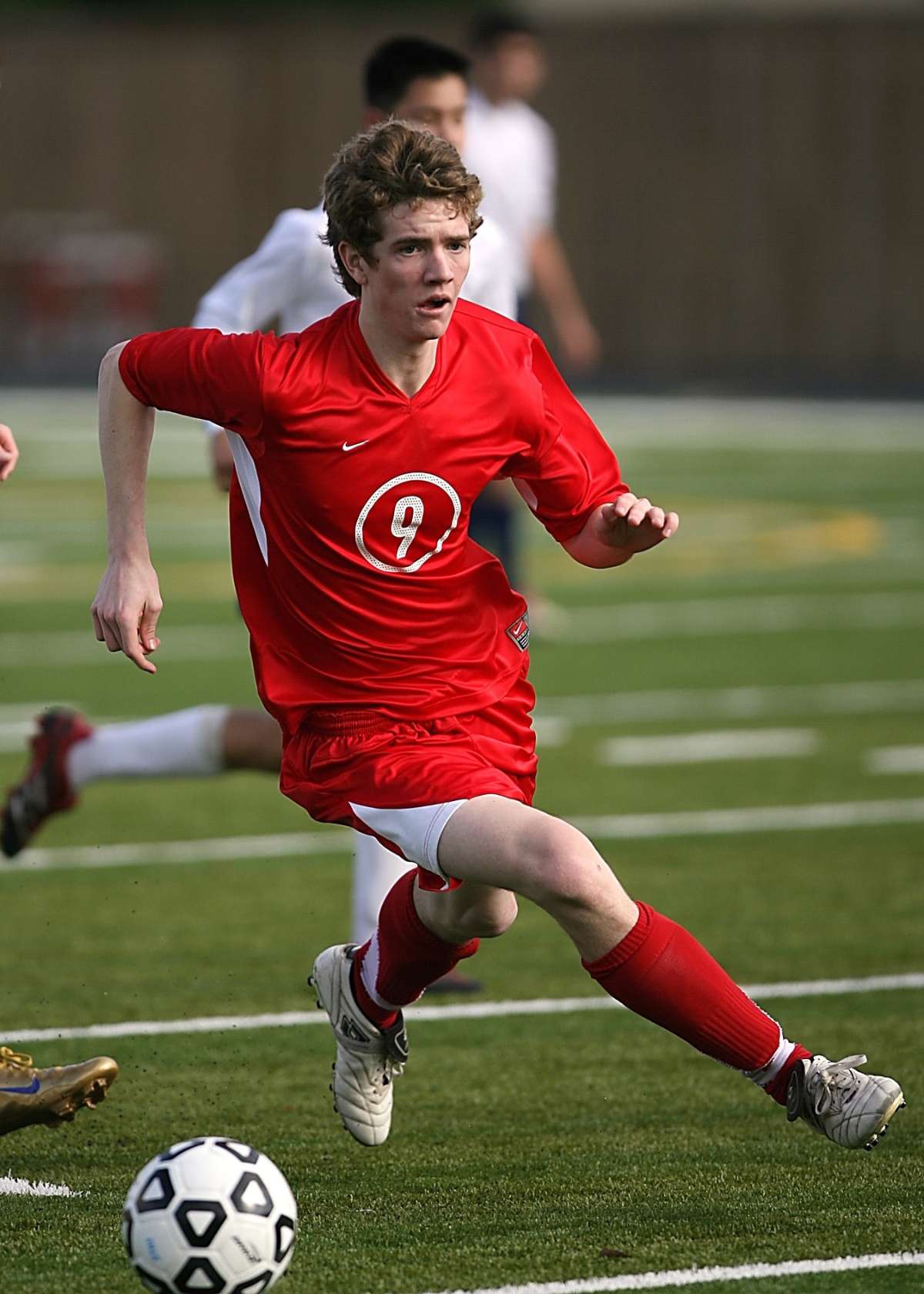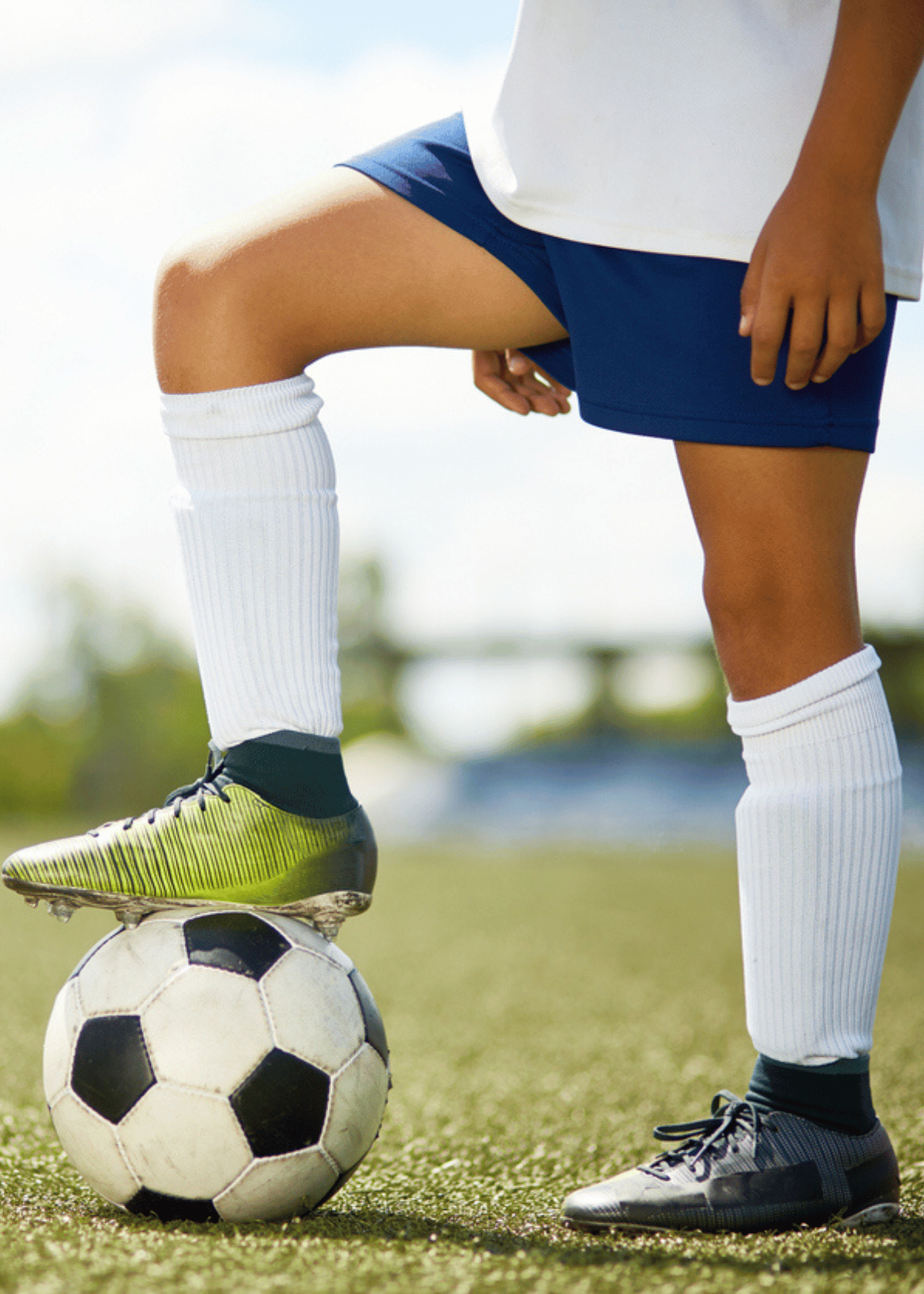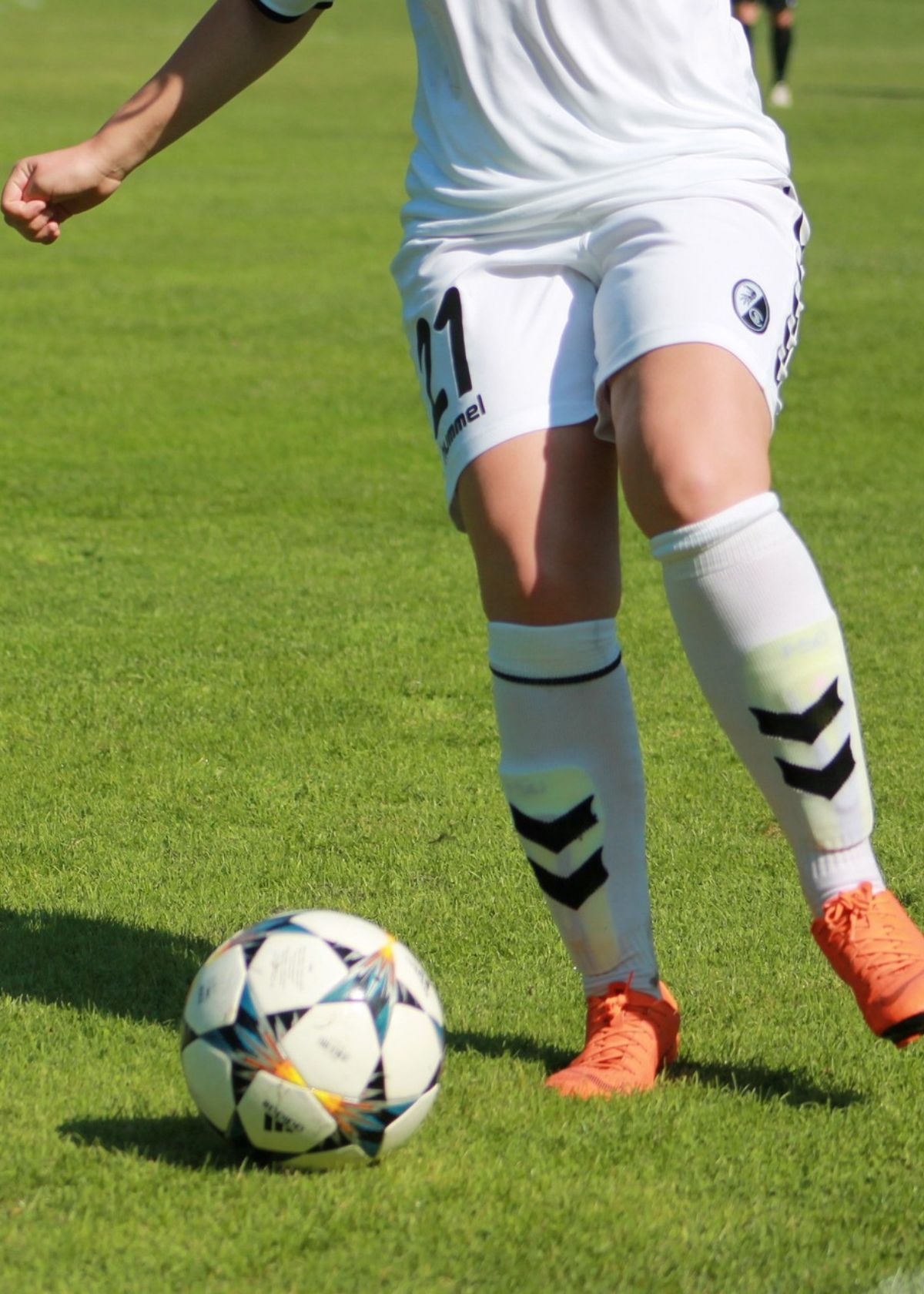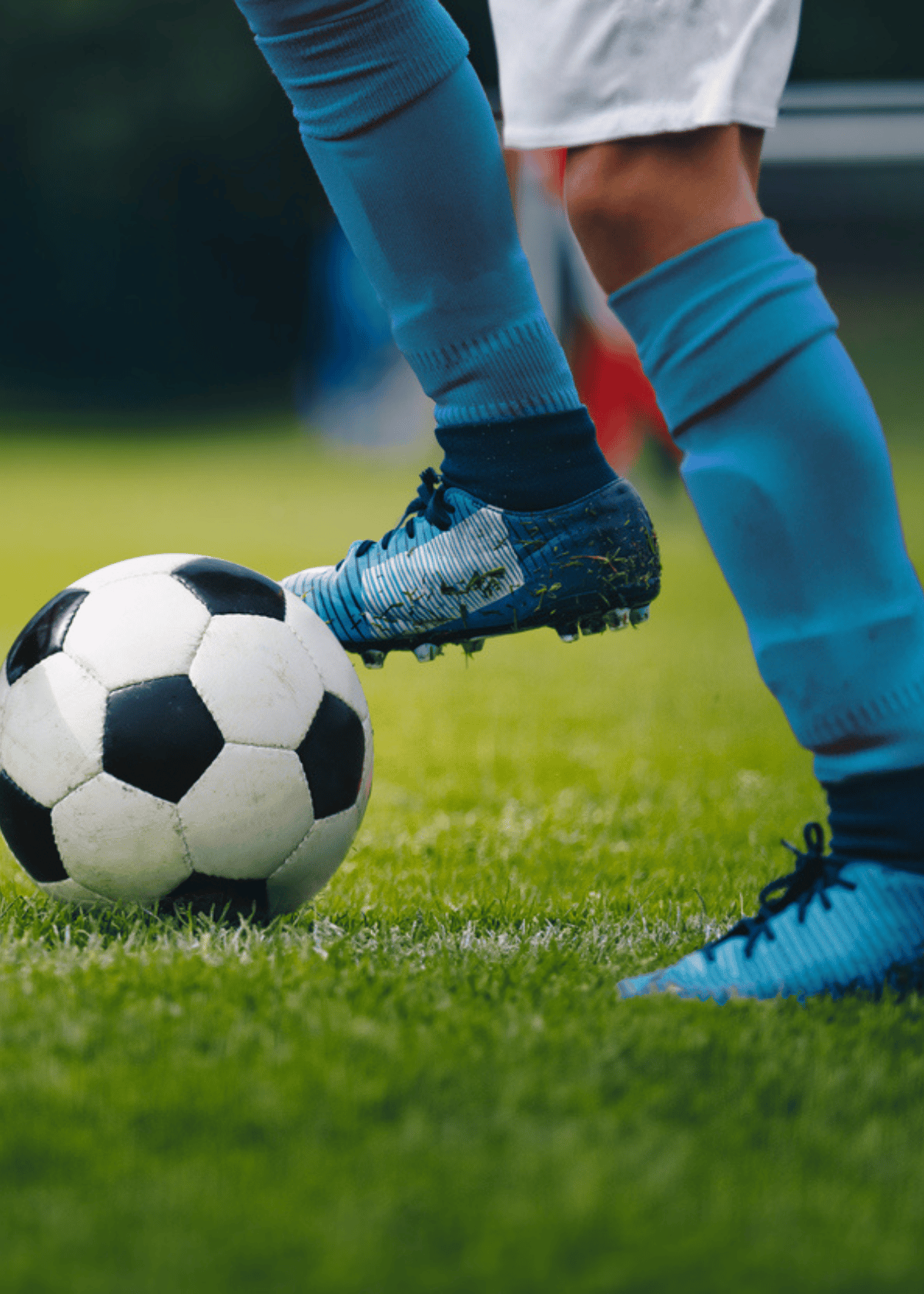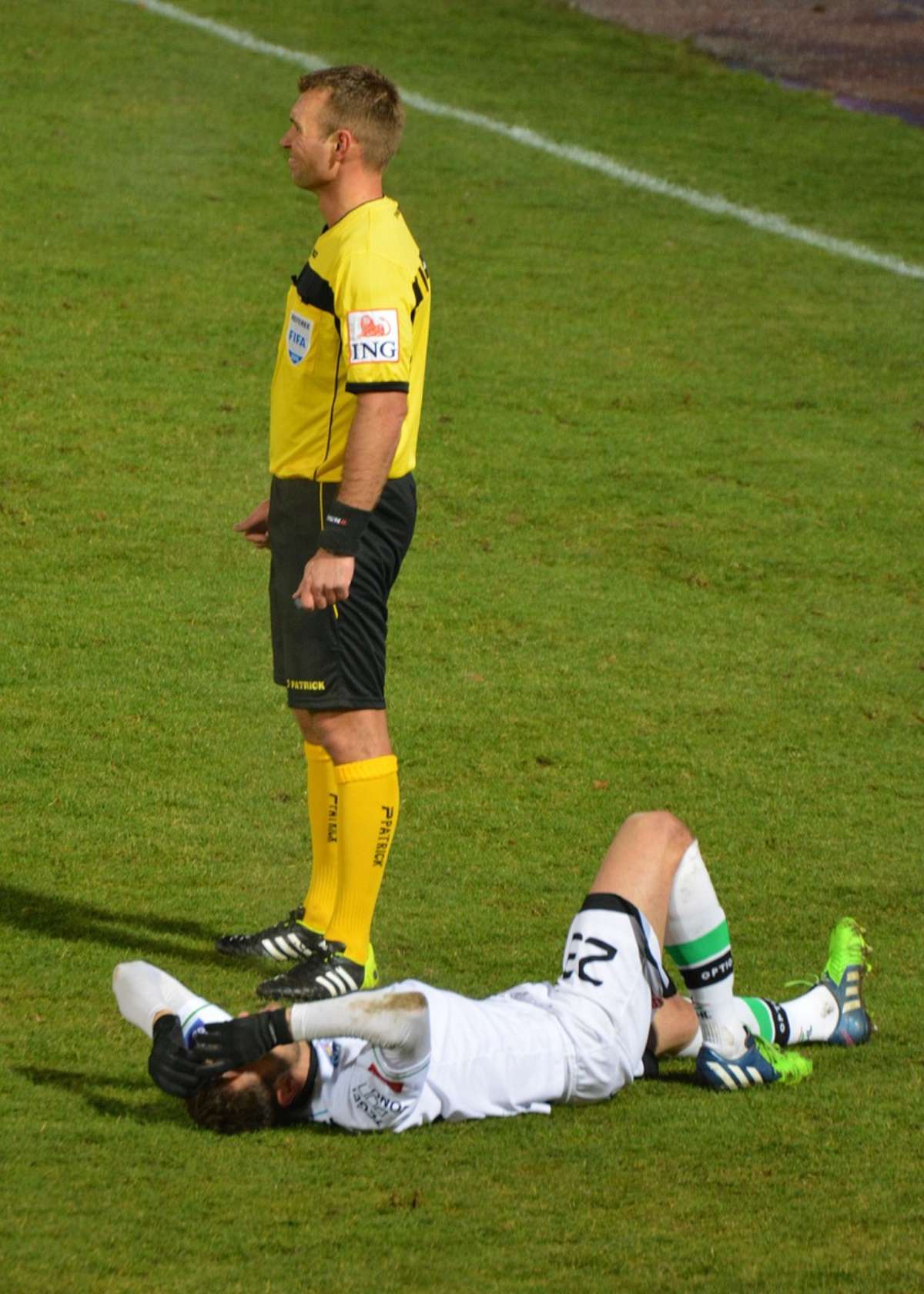Soccer, known worldwide for its intensity and passion, has an interesting phenomenon that often leaves spectators scratching their heads - players faking injuries. At first glance, this act may seem counterintuitive.
After all, why would a player pretend to be hurt when their primary goal is to be at their physical best to contribute to the team's success? The reasons are manifold and often deeply rooted in the strategic aspects of the game.
In this blog post, we will explore the various motivations behind why soccer players fake injuries, the impacts it has on the game, and the possible solutions to this issue.
Why do soccer players fake injuries in the first place?
Briefly, there are several reasons why players may resort to feigning injuries on the field. One of the main reasons is to waste time and disrupt the flow of the game, especially towards the end when their team is leading. This tactic, known as "time-wasting," can be crucial in securing a win or at least a draw.
Another reason for faking an injury is to deceive the referees into awarding a free-kick or penalty. This tactic, known as "diving" or "simulation," involves exaggerating contact with an opposing player in order to gain an advantage.
Moreover, players may also fake injuries to get a breather and catch their breath during intense matches. Soccer is a physically demanding sport, and players often need short breaks to recover and maintain their stamina.
Lastly, players may also fake injuries to manipulate the match's momentum. For example, a player may feign an injury after conceding a goal to disrupt the opposing team's celebratory mood and regain control of the game. Let's dive into this whole issue in more detail.
Importance of understanding why players fake injuries
Understanding why soccer players fake injuries is essential because it sheds light on the intricacies of the sport. It helps us appreciate the strategic depth of soccer, beyond the physical prowess and technical skills displayed on the field. Additionally, acknowledging this issue is the first step towards addressing it, thereby preserving the integrity of the game. Lastly, gaining insight into this phenomenon can also help us understand human behavior and the psychology behind deception.
The Phenomenon of Faking Injuries
Explanation of what it means to fake an injury in soccer
Faking an injury, often termed "diving" or "simulation," involves a player behaving as if they have been fouled by an opponent or have suffered an injury, even when this is not the case. This act typically involves dramatic falls, grimaces of pain, and occasionally, rolling on the ground. The aim is usually to deceive the referee into punishing the opposing team or to break the flow of the game.
Examples of situations where players might fake injuries
Players might fake injuries in various situations. For instance, when their team is leading, they want to waste time. Or, when they are in the opponent's penalty box, and they want to win a penalty kick. Sometimes, players fake injuries just to catch a breather and disrupt the opponent's momentum. Furthermore, players may also fake injuries to manipulate the referee's decisions in their favor.
The Reasons Behind Faking Injuries
Discussion of the strategic advantages of faking injuries
Faking injuries can offer several strategic advantages. If successful, it can lead to the opposing team being penalized, often resulting in free-kicks, penalties, or the dismissal of an opponent.
It can also be used to break the rhythm of the opposing team, especially when they are dominating the game. In some cases, players fake injuries to waste time and get closer to the final whistle without conceding a goal.
In addition, faking injuries can also help players manipulate the referee's decisions and gain an advantage in crucial moments of a game.
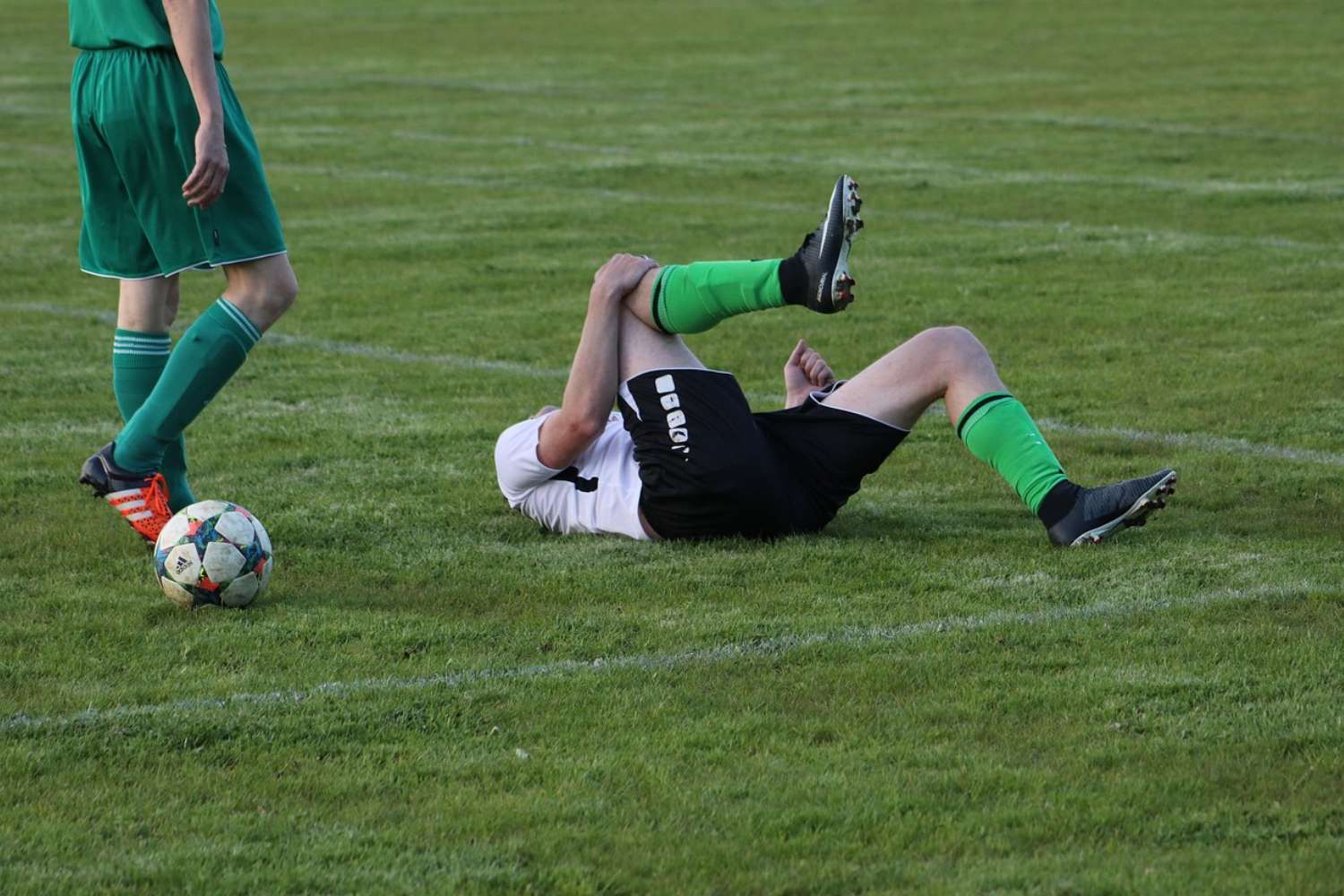
Examination of the psychological aspects behind faking injuries
The act of faking injuries isn't purely strategic; there's a psychological component as well. It can be a way for players to gain a mental edge over their opponents, making them more cautious and less aggressive.
Additionally, it can influence the referee's perception and decisions throughout the rest of the game. Players might also fake injuries to get their opponents booked or sent off, giving their team an advantage. This way, faking injuries can be seen as a tactic to gain an upper hand in the game.
The Impact on the Game
Analysis of how faking injuries affects the dynamics of the game
Faking injuries significantly impacts the dynamics of the game. It disrupts the flow of play, frustrates the opponents, and often influences the referee's decisions. It can shift the momentum of the game, leading to outcomes that might not reflect the true performance of the teams. It also sets a negative example for younger players, who might imitate this behavior. Furthermore, it can also damage the sport's reputation and discourage fair play.
Exploration of fans' reactions and the integrity of the sport
Fans generally have mixed reactions to players faking injuries. While some view it as part of the game's strategic depth, others see it as unsporting behavior that tarnishes the sport's integrity.
Regardless of the perspective, there's a growing consensus that measures need to be taken to minimize this behavior to ensure that soccer matches are fair and enjoyable spectacles. Furthermore, it is crucial to protect the integrity of the sport and maintain fans' trust in its fairness.
Rules and Regulations
Overview of the rules against faking injuries in soccer
The rules of soccer, as prescribed by the International Football Association Board (IFAB), are clear about faking injuries. Simulation is considered unsporting behavior and is punishable under Law 12 of the Laws of the Game. This law deals with fouls and misconduct and specifically mentions attempts to deceive the referee by feigning injury or pretending to have been fouled (diving).
https://www.theifab.com/laws/latest/fouls-and-misconduct/#introduction
Explanation of penalties for players who fake injuries
Penalties for players who fake injuries can range from a direct free kick or penalty kick for the opposing team to a yellow card for the offending player, indicating a caution. If a player receives two yellow cards in a match, they are shown a red card and sent off, leaving their team with one fewer player. These penalties can have a significant impact on the outcome of a game.
Discussion on the effectiveness of these rules and regulations
While there are clear rules in place, it is evident that they are not always effectively enforced. Many players continue to fake injuries without facing any consequences, leading to frustration among fans and players alike. There have been calls for stricter punishments, such as retrospective bans or video reviews, to deter players from engaging in this behavior. This could potentially increase the integrity of the sport and make it more enjoyable for all involved.
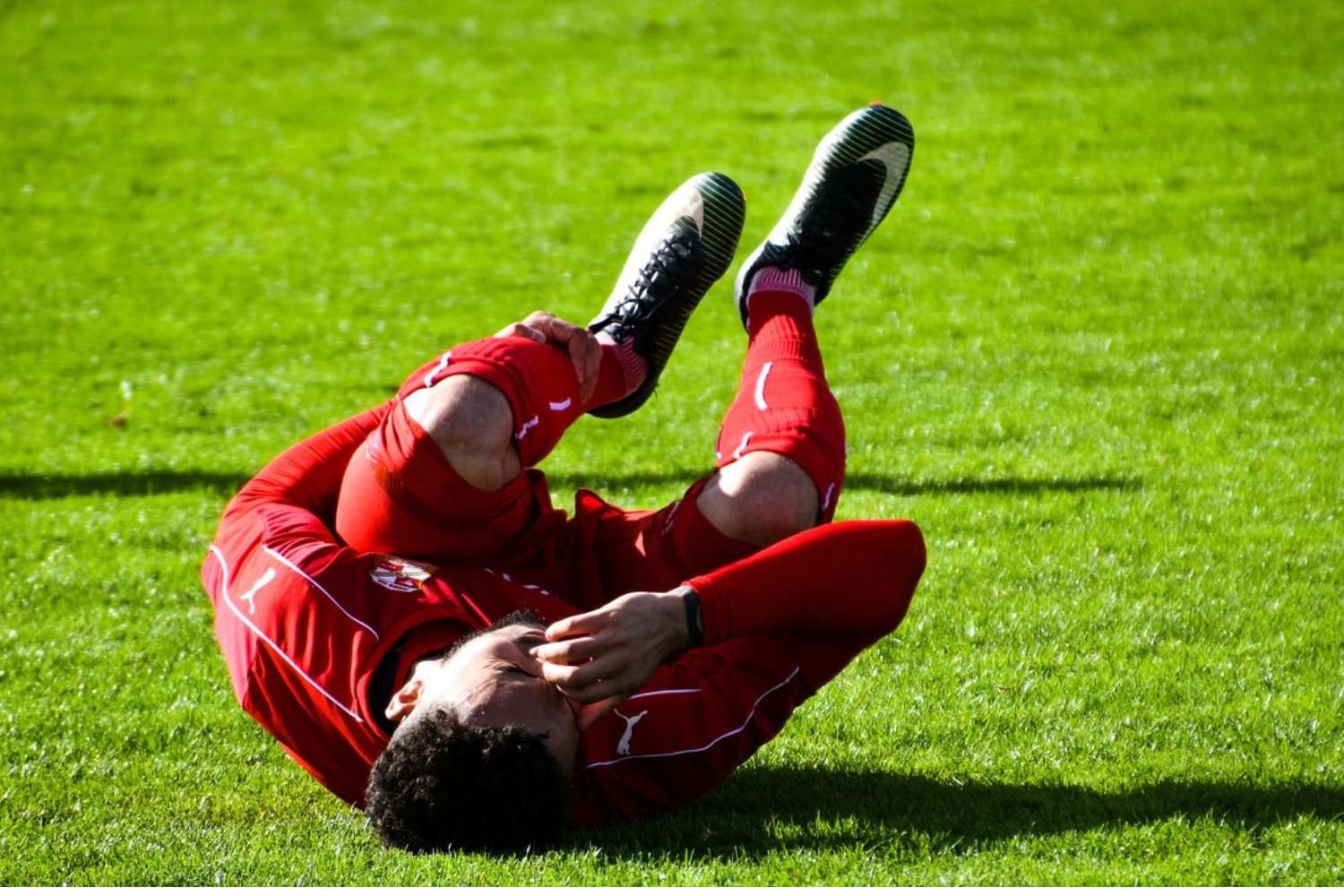
Comparison with Other Sports
Discussion of how faking injuries in soccer compares to other sports
While faking injuries is not unique to soccer, the degree and frequency of these incidents may vary in other sports. For instance, in American football or basketball, the stricter enforcement of rules and the use of video replay technology make it less likely for players to successfully fake injuries without repercussions.
However, in sports like cricket or basketball, where there is less reliance on technology and more room for interpretation by officials, instances of faking injuries may be more prevalent.
Examination of whether soccer has more or less faking of injuries than other sports
It's challenging to quantify whether soccer has more faking of injuries compared to other sports. However, the perception often is that soccer players tend to exaggerate contact more than athletes in other sports.
This perception might be due to the continuous nature of soccer, where, unlike many other sports, the game mainly flows without regular breaks, making each decision by the referee crucial. Additionally, the global popularity and media coverage of soccer may also contribute to a more prominent spotlight on instances of faking injuries.
Steps Toward Change
Overview of efforts to reduce the faking of injuries in soccer
Several efforts are underway to reduce the faking of injuries in soccer. The introduction of Video Assistant Referee (VAR) technology in many leagues and tournaments is one significant step. This technology allows off-field referees to review decisions made by the on-field referee, reducing the chances of players getting away with faking injuries. Additionally, stricter punishments and retrospective bans for offenders could also be effective.
Suggestions for how officials can better handle situations of players faking injuries
Officials can be given more authority and tools to penalize players who fake injuries. This could include post-match reviews and sanctions, stricter on-field penalties, or even the use of temporary sin-bins where players have to sit out for a while but aren't entirely sent off. The only way soccer can continue to grow and maintain its integrity is by ensuring fair play and deterring unsporting behavior.
Overall, it's important for all stakeholders in the sport, including players, coaches, officials, and fans, to work together toward a more enjoyable and honest game of soccer. So while faking injuries may continue to be a part of the game, it's essential to take steps towards reducing its impact and maintaining the integrity of this beautiful sport.
Conclusion
Recap of the main points discussed in the article
In conclusion, faking injuries in soccer is a complex issue rooted in the game's strategic and psychological aspects. While it can offer short-term advantages to players, it disrupts the game's flow and often tarnishes its integrity.
Rules and regulations are in place against such behavior, and penalties can be severe. However, compared to other sports, soccer is often perceived as having more instances of faked injuries.
Final thoughts on the topic of soccer players faking injuries
While efforts like VAR are helping curb this issue, there's still a long way to go. A combination of stricter enforcement of rules, technological advances, and cultural shifts in attitudes toward faking injuries could be the key to ensuring that soccer remains a fair and enjoyable sport for all.
Let's hope for a future where the beautiful game is remembered for spectacular goals and skillful play rather than theatrical dives.
